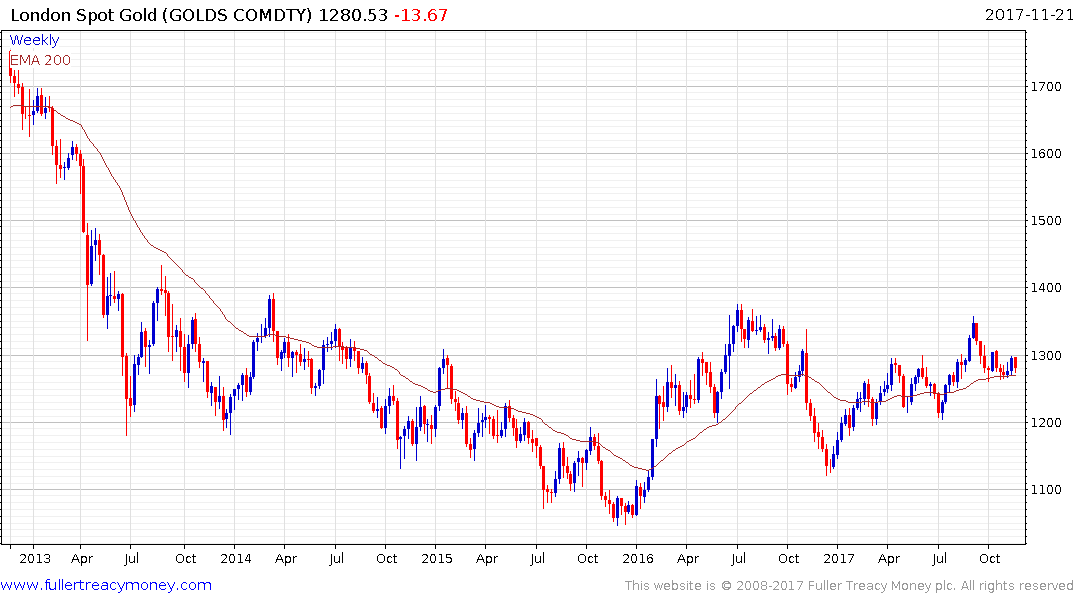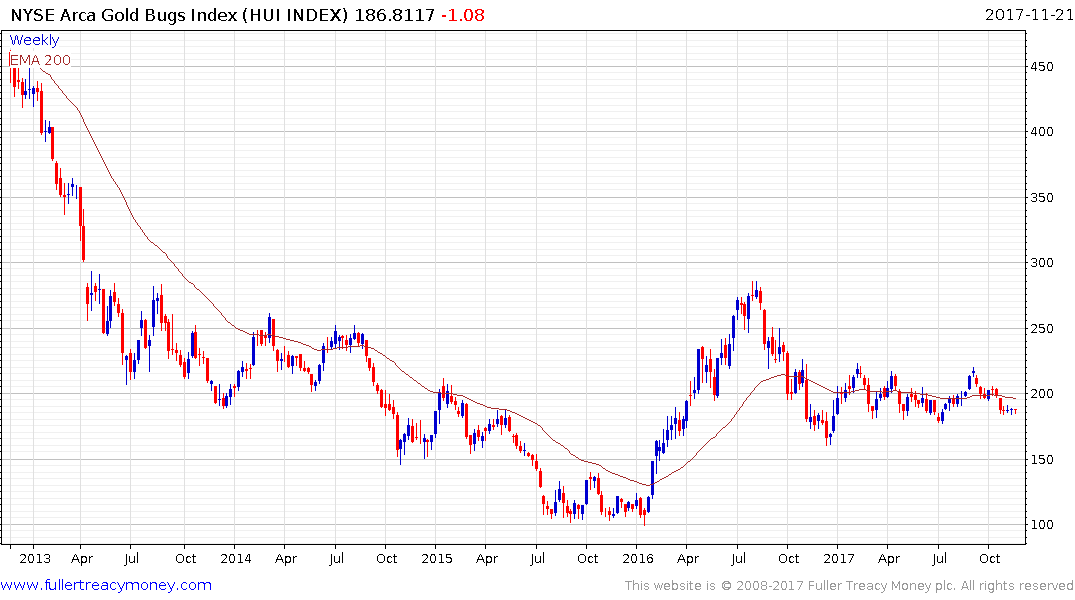Global Gold Outlook
Thanks to a subscriber for this report which may be of interest. Here is a section:
A closer look at the assumptions of the theory
The obvious conclusion for gold investors would be to celebrate the coming era of skyrocketing gold prices, as supply dwindles, and the greatest gold rush of all time ensues in the markets. Such a scenario sounds very enticing. However, instead of taking the news at face value, it is worth examining the matter in more detail and understanding what the decline in production actually means for gold in the mid- and long-term.One of the main problems with most peak gold analyses and projections is that they are based on estimates of known mineable reserves of gold. However, the number of known reserves increases over time as new discoveries are made thanks to technological and scientific advances. Even as the currently operational mines might be slowly exhausting their reserves, new projects and potential discoveries remain untapped.
In this context, “peak gold” can be seen as the gradual depletion of the current, relatively easily accessible deposits. Once these are completely mined, the industry would be forced to move on to new locations that are currently not preferred, because they either involve higher production costs or present other challenges. Nevertheless, higher gold prices would motivate miners to seek out and explore new discoveries and deposits, as well as invest in research and new technologies.
Furthermore, one must bear in mind that the gold market is extensive and quite complex. Currently, the precious metal is being mined in every continent except Antarctica. However, as gold traditionally holds its value and does not corrode, it also has a strong recycling industry, refining and re-smelting the metal, which accounts for 1/3 of the total supply on average.
Therefore, “peak gold” can be viewed as a temporary supply restriction, which would trigger gold price increases in the mid-term. But it also has a much more important aspect to it: over the long term, the depletion of mines currently in operation translates to a “gap-up” of the gold price, as the production costs for new discoveries are drastically lifted. In other words, “peak gold” might not mean the end of our gold supply, but it could introduce a whole new average price range and “price floor” for gold.
Here is a link to the full report.
The price of any commodity tends to fluctuate mostly above the marginal cost of production. Oil experienced a step up in production costs over the last decade with the $40 area representing a new floor whereas it had previously been a ceiling. The big question for gold is where the marginal cost of production now rests
In 2015 it was not uncommon for miners to report production costs in the region of $1200. Following substantial rationalization that figure is closer to $900 today. As an example, Newmont Mining’s all-in sustainable cost (AISC) is $884. For Barrick Gold that cost is between $640-$660. Goldcorp’s is around $800.
Since these are sustainable cost estimates and the current price of gold is just below $1300, they should enjoy solid margins. That is of course if the price holds in this area and they continue to hold off on extravagant expansion expenses.
What these all-in costs highlight is that the gold market has already experienced a substantial bump in production costs and strong demand growth will be required to drive a move to a significantly higher production cost plateau. The continued march of technological innovation, not least with better geophysics and reef boring technology is also a factor in helping to keep production costs contained.

These factors suggest gold’s price floor is probably somewhere around $1000. It continues to firm from the region of the trend mean and a sustained move below it would be required to question medium-term scope for additional upside

The Gold BUGS Index has been ranging in a tight manner since late October, in the region of its lows for the year. A break above 190 would likely signal a rally back towards the peaks near 220 is a likely development.


